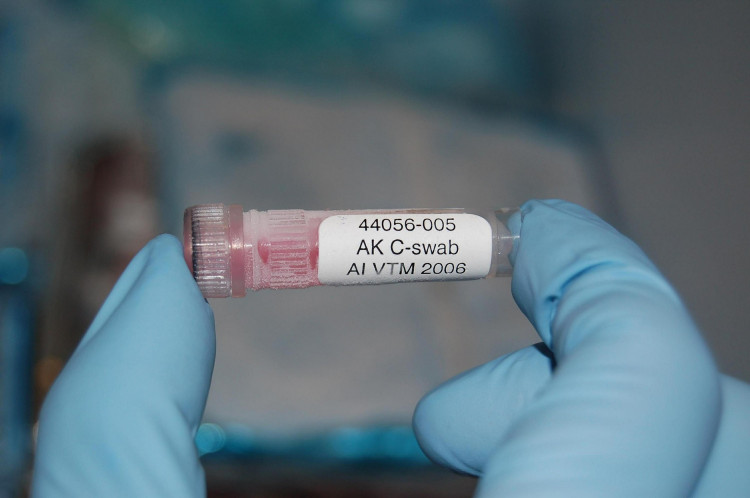Finland announced it will begin offering preemptive bird flu vaccinations to certain high-risk workers starting next week. This makes Finland the first country in the world to take such a step against the H5N1 avian influenza virus, which has wreaked havoc on poultry populations globally and poses an emerging threat to humans.
Finland has acquired vaccines for 10,000 people through a joint European Union procurement of up to 40 million doses from the Australian manufacturer CSL Seqirus. These vaccines will be distributed to workers who are particularly vulnerable due to their close contact with animals. The Finnish Institute for Health and Welfare (THL) specified that the vaccines will be administered to individuals aged 18 and over who are at increased risk of contracting the virus due to their work or other circumstances.
"The vaccine will be offered to those aged 18 or over who are at increased risk of contracting avian influenza due to their work or other circumstances," THL stated. This includes workers at fur and poultry farms, lab technicians handling bird flu samples, veterinarians in regions with fur farms, and those working in sanctuaries caring for wild birds or in animal by-products processing plants.
Although no human infections have been recorded in Finland so far, the preemptive measure follows significant outbreaks of bird flu on Finnish fur farms. Last year, widespread infections among mink and foxes led to the culling of approximately 485,000 animals to prevent the virus from spreading to humans. The conditions in Finland, with many open-air fur farms, present a unique risk of transmission from wildlife to farm animals and potentially to humans.
Chief Physician Hanna Nohynek of THL highlighted the urgency, saying, "The conditions in Finland are very different in that we have fur farms where the animals can end up in contact with wildlife." This unique situation has prompted the Finnish government to take swift action to protect its population.
The global context of bird flu underscores the significance of Finland's initiative. The H5N1 strain has resulted in the death or culling of hundreds of millions of poultry worldwide and has increasingly spread to mammals, including cows in the United States. This year alone, at least 11 human cases have been reported across four countries, with Cambodia and the US being notably affected.
The Finnish vaccination campaign is part of a broader European effort to mitigate the spread of bird flu. The EU has secured millions of doses to be distributed across 15 countries, reflecting a collective commitment to preemptively combatting the virus. CSL Seqirus confirmed Finland's pioneering role in this initiative, stating that the Nordic country would be the first to roll out the vaccine.
The vaccination campaign in Finland will involve two doses per person, administered at least a week apart. This strategy is based on evidence suggesting that the vaccine effectively stimulates an immune response capable of protecting against H5N1. A study involving 3,400 participants found that 90% of those under 60 and 80% of those over 60 developed sufficient antibody levels to guard against the virus.
In addition to vaccinating high-risk workers, Finnish health officials plan to offer the vaccine to close contacts of any suspected or confirmed human cases of bird flu. This precaution aims to curb any potential spread of the virus among the human population.
The United States is also preparing for a potential bird flu outbreak among humans. The U.S. Department of Agriculture has ordered 4.8 million doses of bird flu vaccine to be delivered by late summer, although there are no immediate plans to distribute them. The CDC maintains that the current risk to humans is low but acknowledges the potential for the virus to mutate and pose a greater threat.
Globally, the H5N1 virus has not only affected poultry but has also been found in a wide range of animals, from foxes and raccoons to dolphins and seals. This widespread infection has raised alarms about the virus's ability to jump species barriers and potentially infect humans more efficiently.






